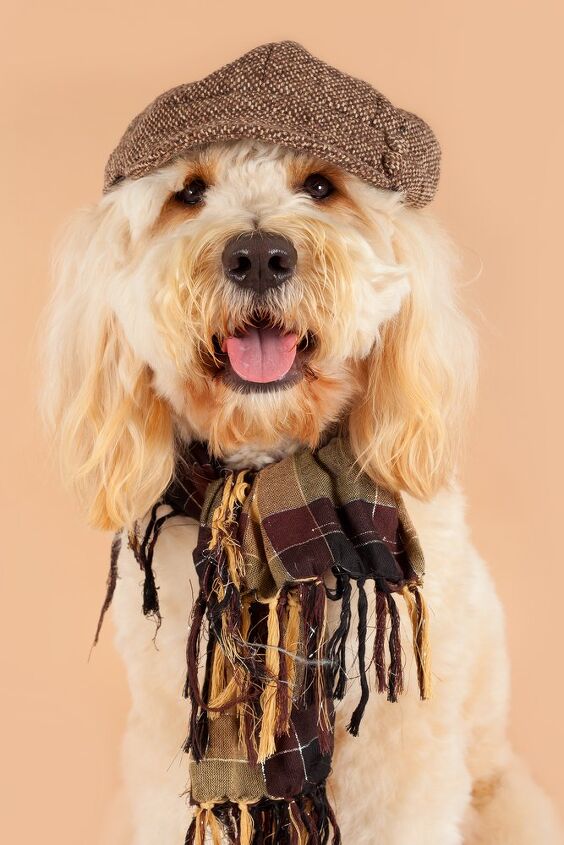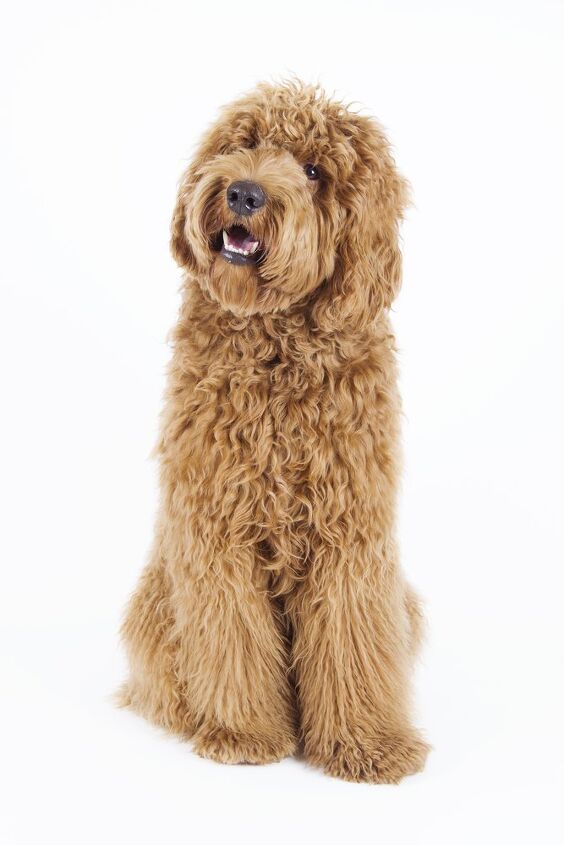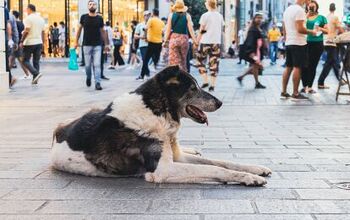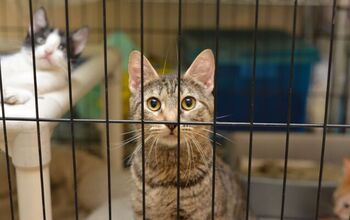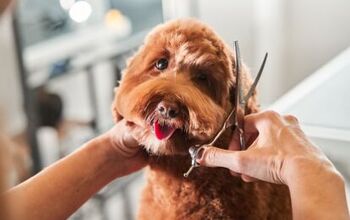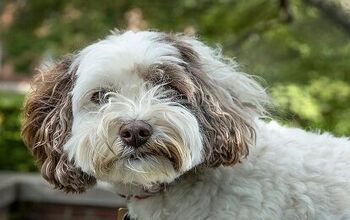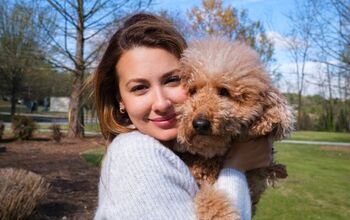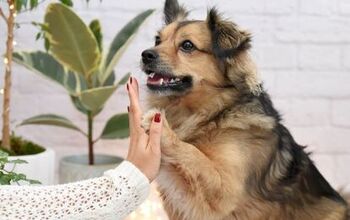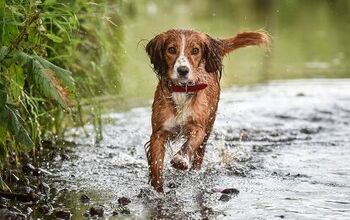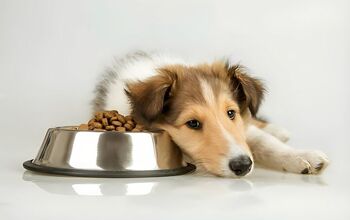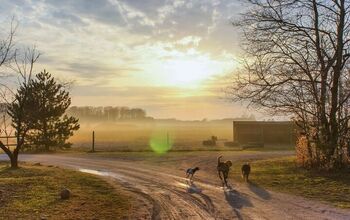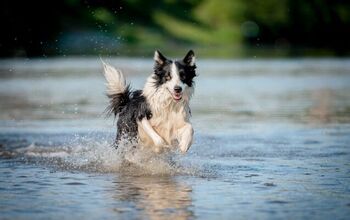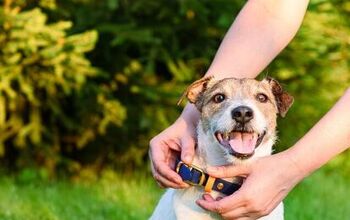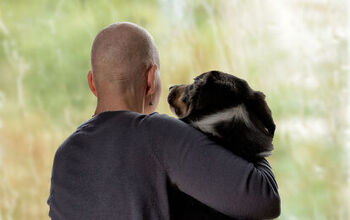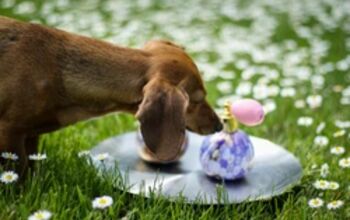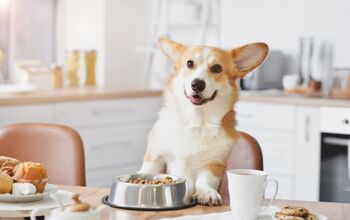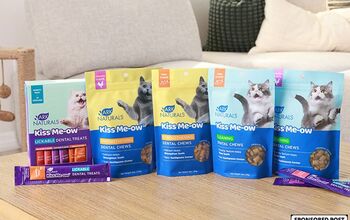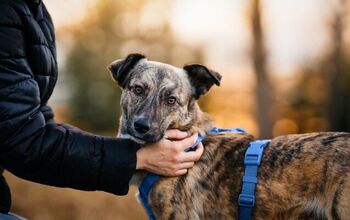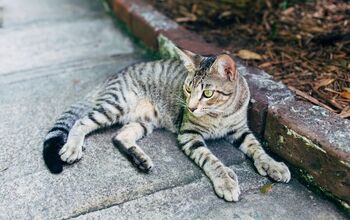Labradoodle


About Labradoodle
A popular hybrid dog for families, the Labradoodle has been gaining popularity with dog lovers for a variety of reasons. Also known as the Double Doodle, the Tri Doodle, the Standard Labradoodle, the Australian Labradoodle and the Multi-Generational Labradoodle, this breed is still relatively new on the scene. Even though it was bred to be a hypoallergenic guide dog, this breed has become a favorite in households around the world. And we’re not surprised – wonderful with kids, possessing boundless energy, playful and loving, the Labradoodle fits into most household situations. It’s hard to find a family who won’t fall for this dog. It’s almost as if this designer dog was bred purely to make homes feel complete.
A smart and sociable dog, the Labradoodle will make friends with everyone he meets. Plus, his coat is hypoallergenic, making it the perfect choice for people who have allergies. Because it’s a hybrid dog, no two Labradoodles look the same, so it’s hard to achieve coat standards. But if you’re looking for a happy-go-luck dog that just wants to be loved (so it can love you in return), it’s worth your while to seriously look into the Labradoodle. So, will you be bringing on of these big a beautiful animals into your home? There’s only one way to find out. Keep your eyes glued to this page and scroll away. Everything that you could possibly want to learn about this popular hybrid is about to be revealed.
A smart and sociable dog, the Labradoodle will make friends with everyone he meets.
Unlike most designer dogs, the origin of the Labradoodle is actually known and it’s rather sweet. Originally developed in Australia, the Labradoodle was bred to be a hypoallergenic guide dog. A vision-impaired Hawaiian woman named Pat Blum was in need of a Seeing Eye dog that wouldn’t bother her husband’s allergies. She reached out to Wally Conron in 1989, who oversaw the breeding program for the Royal Guide Dogs Association of Australia. This was to be the first purposeful crossbreeding between a Standard Poodle and Labrador Retriever.
From the first litter of Labradoodles came a dog named Sultan. He had everything that Pat was looking for – he was smart, had a hypoallergenic coat and the right personality to be a wonderful guide dog. When other breeders saw how successful Sultan was in his job, they started to breed more Labradoodles. Were there “accidental” Labradoodle born before 1989? Probably, but this is the generally agreed upon origin of the delightful hybrid that’s become so beloved today.
Poodle crosses are quite popular, and the Labradoodle is one of the most popular of these mixes. Although this is a cross breed, there are organizations working on having this designer breed moved into a registered breed status in the next few years. It will happen. It’s only a matter of time.
Labradoodles are often produced by crossing a pure bred Labrador Retriever with a pure bred Standard Poodle, but multigenerational breeding has begun in an attempt to produce a recognizable breed. By breeding Labradoodle to Labradoodle over a series of generations, breeders are hoping to establish a new dog breed. These dogs are referred to as Multigenerational or Australian Labradoodles. Their attributes are much more predictable that first generation Labradoodles, which tend to very wildly in appearance and demeanor depending on which parental traits prove to be the most dominant (this is even true of puppies born to the same litter). This uniqueness is often what draws owners towards designer dogs, but multigenerational Labradoodles might be preferable for owners who seek more predictability and consistency in their pups.
The recommended daily amount of food you should feed your Labradoodle is 1 to 2.5 cups of high-quality dry food a day. Feedings should be divided into two meals. By giving your dog two meals a day instead of one large one, you can cut your dog’s chances of suffering from bloat (gastric tension). If you have any concerns about establishing or altering your dog’s diet, then it’s always worth consulting with your veterinarian first. While dog food manufacturers and pet blogs do provide useful feeding guidelines, they should be treated as guidelines and not gospel. All dogs are different, each with their own needs. The only person qualified to determine the specific dietary needs of your personal pup is a vet. So always depend on the expertise of a vet before making any substantial changes to your dogs diet. This will ensure that the transition goes as smoothly as possible and that you pup will remain happy and healthy.
Even though it was bred to be a hypoallergenic guide dog, this breed has become a favorite in households around the world.
Thanks to its intellect, you’ll find that Labradoodles are easy to train. You’ll have no issues teaching the basic obedience commands, such as sit, down, come and stay. And this breed needs to be mentally and physically challenged constantly. They love games involving chase, fetch, or hide-and-seek as well as competitive sports such as flyball, agility and obedience training for competitions. As with any dog, it’s important that your training sessions focus on positive reinforcement and rewards-based training. Anything else is closer to abuse than training and should be avoided at all costs.
A Labradoodle will stand about 21 to 24 inches and weigh anywhere between 50 to 65 pounds.
Smart, friendly and affectionate, the Labradoodle will make friends no matter where it goes. Outgoing and confident, you’ll find this dog to be loyal, eager to please, even-tempered, gentle, and kind. No wonder this breed makes such a great service and therapy dog (not to mention a wonderful family pet). But because this dog is so friendly, it doesn’t make a good watch or guard dog. These pups are more likely to make friends with any intruder than frighten them away. In the dog park, keep an eye on your pooch at all times and ensure that your Labradoodle’s enthusiastic greeting to other dogs is managed, especially around unfamiliar dogs. Their enthusiasm can be overwhelming and misinterpreted.
Even though the Labradoodle is gentle, its natural exuberance comes out during playtime, so smaller children should be careful not to get knocked over. Most of all, you’ll find this breed to be an absolute pleasure to be around, with a temperament of joy and love. It’s hard to find a more lovable dog than the Labradoodle. After just a few minutes with one of these sweethearts, you’ll have a friend for life.
Labradoodles are generally healthy, as it is a cross breed. But like all dogs, this breed is prone to certain health conditions. A few health concerns you should be aware of include ear infections, hip and elbow dysplasia, epilepsy, allergies, Diabetes Mellitus, Progressive Retinal Atrophy (PRA) and hypothyroidism. It’s important to maintain regular checkups with your vet (especially as your dog reaches their senior years) to ensure that any potential health issues are identified and treated as early as possible.
The Labradoodle has an average lifespan of 12 to 14 years.
Energetic and playful, the Labradoodle loves to play. Larger dogs of the breed need lots of regular exercise, which means long walks and room to run. This is a wonderful breed for active types, so feel free to bring your Labradoodle on your outdoor adventures with you. And if you live near the water, good news – this dog loves the water. Swimming can be a great way to burn off all that extra energy. If you have a smaller version, it can live comfortably in an apartment or a smaller house, just as long as it gets lots of exercise. A word of warning: if you leave your dog alone for too long or it doesn’t get enough exercise, it will become destructive and ruin anything in its path. Even though this is a generally happy dog, if you don’t give your Labradoodle enough attention or exercise, it will become unhappy and anxious. So, it’s important that anyone who brings a Labradoodle into their life can keep up with their exercise requirements. Otherwise, the dog simply won’t be able to live their best life.
Smart, friendly and affectionate, the Labradoodle will make friends no matter where it goes.
The Labradoodle is not recognized by the American Kennel Club, as it is considered to be a hybrid breed. However, this breed is recognized by the Australian Labradoodle Association (ALA) and the Australian Labradoodle Association of America (ALAA). These two clubs also formed a union called the International Australian Labradoodle Association (IALA).
Labradoodle coats come in three types. The wool coat features tight curls, similar in appearance to that of a Poodle or a lamb only softer. The fleece coat is soft and free-flowing. It hangs in loose curls on the top. The hair coat can be curly, straight or wavy, much like a Labrador’s coat. However, because this coat is similar to shedding breeds, it is unfortunately the least popular. Labradoodles coat colors include gold, apricot, caramel, chalk (a chalky white), black, red, café, cream, silver, chocolate, parchment, and blue. It’s also worth noting that these dogs can have parti-colored coats, such as brindle, phantom, patched, or sable colors. There are many variations of coat style in the Labradoodle because the coats of the parental breeds are so different. That means that Labradoodles can make a good fit for any home, regardless of their fur preferences.
Your Labradoodle puppy will need early socialization. That means exposing it to different people, experiences, places, and sights from puppyhood. This will ensure that your Labradoodle puppy grows up to be a well-rounded and well-mannered dog. So, take this responsibility seriously.
You may want to enrol your puppy in classes, where it can meet and play with other puppies. Take your puppy to parks, make sure to let others introduce themselves to your Labradoodle during walks and have people over to your house regularly. This will help in the development of your puppy’s social skills and payoff in their adult lives.
Photo credit: Picture-Pets/Shutterstock

Amy Tokic, Editor of PetGuide.com, is a passionate animal lover and proud pet parent of Oscar, a Shih Tzu/Chihuahua cross, and Zed, a Japanese Chin. Her love of animals began in kindergarten, when she brought her stuffed dog Snoopy into class with her every day. Now, she writes about her adventures in pet ownership and tirelessly researches products, news and health related issues she can share with other animal enthusiasts. In her free time, Amy loves perusing used book and record stores, obsessing over the latest pet products available and chasing squirrels with wild abandon (a habit attributed to spending too much time with her pooches).
More by Amy Tokic




